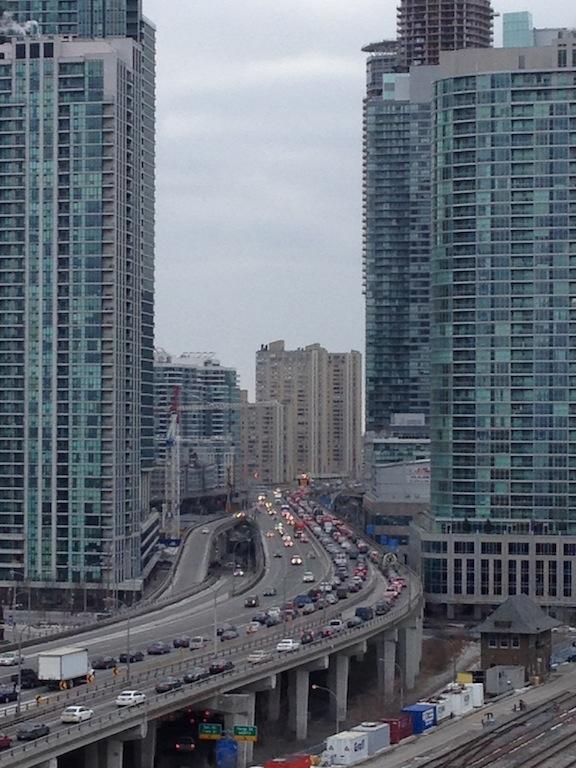An op-ed describes a paradox produced by the ongoing debates over density while also presenting potential solutions for overcoming the resulting impasse.
Our legendary American "Can-Do" attitude is under assault where it comes to changing and improving our cities. Steadily heightening "NIMBY" resistance brings our capacity to devise solutions, appropriate in scale to the size of our challenges, to its knees. To move forward, we must understand NIMBY opposition and the fears that motivate it. Only then can we begin to offer real alternatives and credible solutions to move beyond this impasse.
A large part of what motivates NIMBYs is a concern for personal mobility. People in cars fear density because they perceive density to inevitably mean "more cars in the way." Transit is a way out of this dilemma, but advocates of transit clamor for more density near transit stations to generate adequate ridership numbers for the trains. The two sides, literally, share very little common ground. Attempts to bridge this chasm from one side or the other lead to self-defeating consequences. I call this situation "the density paradox." If we want to move forward together as a community, we need to find ways to overcome it, first.
In discussions about density, Manhattan stands as the apocalyptic scarecrow of density's worst excesses. And yet, the real Manhattan is not what many expect; there are relatively few cars on the streets, there is ample open space, economic vitality, and a lot of interesting places and people to discover. Getting around is quite easy—by public transit, by taxi, by bicycle, or simply by foot.
Manhattan's population density is approximately 67,000 people per square mile, which converts into 105 people, or roughly 40 households, per acre. The density near Los Angeles' beaches, where some of the loudest NIMBY opposition against density is heard, is about 11,000 people per square mile (17 people, or roughly seven households per acre).
How can 105 people per acre comfortably exist with each other in Manhattan, while in SoCal the mere mention of ramping up density from 17 people to 20 might generate a local uprising? What is the difference? Are people in California unique in their need for personal space? Are New Yorkers unique because they need so little?
Density has a numerical and perceived reality. A while ago, articles based on a paper by Stone and Mees (gated, but here is a
summary) argued that Los Angeles is really the densest city in the United States! Angelinos tend to believe this, because we feel so very congested on our roads. In reality, New York has high concentrations of density
and vast open or low-density spaces in its boroughs. Los Angeles, in contrast, is sort of medium dense—but evenly, and everywhere.
Missing in the discourse about density is the relationship between perceived density and transportation systems. Psychologists measure the need for personal space relative to different cultures around the globe; we should also measure it qualified by which transportation culture one feels part of. If we culturally equate transportation with cars, we intuitively expand our personal space to the spatial needs of our cars. That makes a big difference.











